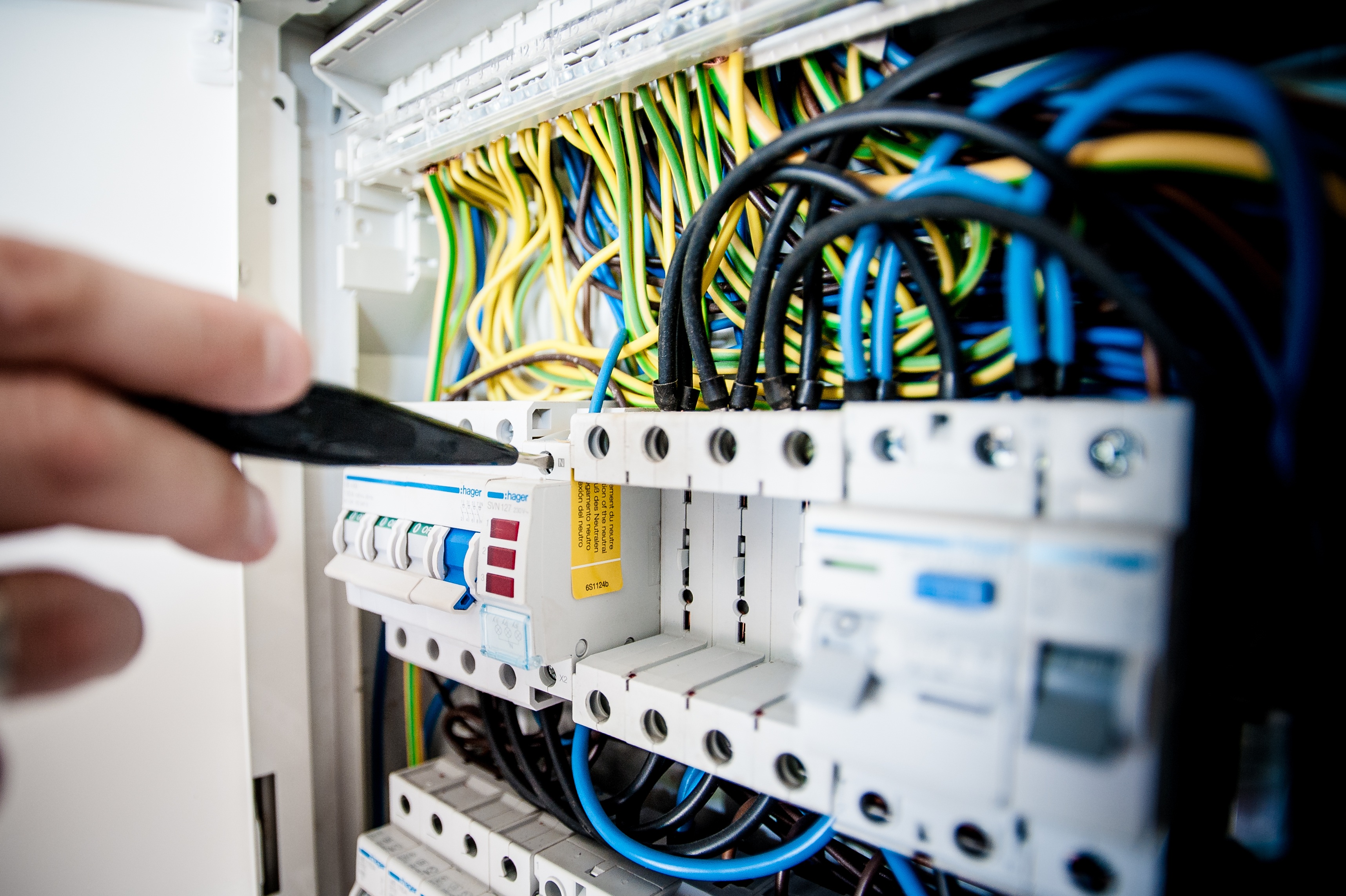The 12v LED light is known to hobby enthusiasts as the: (Light Emitting Diode), purchased from electronic repair supply stores. You can usually see these LED’s showing up in appliances and gadgets that indicate the power supply is On. In recent years the level of advanced technology has allowed the 12v LED to take on a bigger role. Since 12v LED’s consume only 3 watts of power, they became ideal for replacing incandescent light bulbs.
1 Why does LED light use 12V?
12V LED systems are more reliable, and can be repaired and serviced.In addition to the LED chips, a line voltage LED product must also contain complex electronics such as capacitors that convert AC line voltage into DC so that it can be used by the LEDs. For many products, these electronics components must be condensed and mounted onto a small circuitboard that is in turn placed inside of the bulb, where temperatures can soar due to the heat emitted by the LEDs. In many cases, premature LED bulb failures are not caused by a failure of the LED chips themselves, but the electronics that are located inside. Typically, capacitors will fail and cause the LED bulb to begin blinking.
2V LED systems have a lower electric shock risk.When it comes to LED product safety, optical, shock and fire risk are often considered. Because 12V is a much lower voltage compared to line voltage (120/240V), it is more difficult for the electrical current to overcome the built-in resistance of human skin and other objects. This makes it safer for hobbyists who want to experiment with products such as LED strips. Generally, if you accidentally create a short circuit, you will not see any sparks or loud bangs that you would see with line voltage systems.
A 12V DC LED system is a common voltage platform. Many electrical systems operate on 12V DC, and you are probably already familiar with several of these. Many batteries for vehicles including boats and RVs operate on 12V DC, which makes using a 12V LED system a no-brainer for these applications, as there is no need for any additional transformers or power supplies to convert the voltage – your LED lights can be plugged in directly.
2 Why does the LED light flicker?
Well. put simply, LEDs flicker when their LED flood light output fluctuates. This fluctuation happens because your dimmable light-emitting diodes are designed to switch on and off at very high speed. Even though you don’t always see it, all mains-powered light sources flicker – whether incandescent, halogen, fluorescent or LED.
To better understand flickering in lights, consider the theatrical effect known as strobe lighting. This is a deliberate flicker effect that delivers light at certain frequencies, causing the brain to interpret moving objects as if they were in slow motion. These specified frequencies are generally just a few flashes per second, but they are very close to frequencies that cause epileptic seizures.
Unintentional flickering in lighting equipment can be traced back to our power companies that designed electricity flow to use alternating current (AC) as opposed to direct current (DC). With AC power, the sine wave will peak both positively and negatively. This leaves it susceptible to being in a range that will cause flickering, or sometimes an audible hum.
LED bulbs are used in flood spot light fixtures to produce reliable, bright color, energy efficient outdoor lighting. LED flood lights may flash or flicker for many reasons. Common causes include:
a.Fluctuations in the home or building’s voltage, such as when other appliances or electrical systems are in use, causing fluctuating loads.
b.High watt surges when an appliance or electrical system is turned on.
c.Loose connections, between the bulb and fixture or wiring within the fixture.
d.A bad dimmer switch. LED lights must operate with appropriate dimmers – the same dimmers you use with incandescent or halogen bulbs can actually cause flickering in LEDs. These switches reduce the volts to produce a dimming effect, which is not appropriate for LED bulbs.
3 Tow types of flickering
There are two types of flickering with lights – visible flicker and invisible flicker. Obviously visible flicker is the one our eyes can see, which is when the light output from a given source changes rapidly. It is considered that anything below a frequency of 100Hz can be seen.
There are health concerns with visible flickering. Short-term exposure to frequencies in the 3Hz to 70Hz range are associated with epileptic seizures, with the highest possibility of occurrence being in the 15Hz to 20Hz range. With 1 in 4000 people suffering photosensitive epilepsy and many more who have not been diagnosed, this has become a public safety issue.
Invisible flicker is just as much of a problem if not more. It is the flicker that is present but we cannot see. The symptoms include dizziness, eyestrain, headaches, migraines, impaired thought, and other general sick-feeling symptoms.
4 How to solve flickering problems?
There are two main types introduced here: changing to a high-quality LED power supply or right dimmer.
A.Changing to a high-quality LED power supply
LED lighting requires a direct current (DC) rather than an AC power supply. Which is good news, because the key to eliminating LED flicker is the kind of power-supply you use to drive your lights.
Although the lighting industry generally knows its power supplies (aka ‘drivers’) simply as ‘LED transformers’, they’re actually more than that. An LED driver doesn’t just step down (transform) voltage. It also converts current from mains AC to DC. Choose a high-quality LED power supply, and it will also supply a constant current to your LEDs. So you’ll get light with no visible flicker.
A lower-quality, no-frills LED driver doesn’t provide a constant current though. Instead, it simply converts current from AC to DC. This most basic kind of power-supply conversion produces an oscillating current, albeit one that typically doubles the input-voltage frequency.
100 flickers per sec is obviously much better than 50 flickers per sec. But it still sounds like a problem, doesn’t it? Luckily, in most situations it’s nothing to worry about – because the human eye isn’t perceptive enough to see it. Most of us only register light fluctuating at well below 100 flickers per second – typically 50 or slower. (Computer screens usually flicker in the range of 60 to 70 hertz, which we barely notice.)
So even though there’s certainly a tiny minority of people who can see faster strobing, it’s not an issue for most of us. In many project installations, a basic no-frills LED ‘transformer’ is all you need. There are even some applications where LED flicker can actually be a desirable effect: think of nightclubs for example, or oscillating bicycle lights.
B.Changing to a high-quality dimmer
Another challenging variable for LED lamps to avoid flickering is through dimming. Most standard wall dimmers work by phase cutting, which removes part of the sine wave and reduces the voltage. However, this can have negative affects on an LED circuit and actually result in the flicker effect being amplified to a potentially dangerous level (3-15Hz range).
This is one of the main reasons why it’s hard to trust old dimming systems with new LED bulbs. The only way to be sure no flickering will be present is to get LED-specific dimming solutions for your LED lamps. It all comes back to the fact that LED is a long-term investment.
In turn it is worth doing research to ensure you are getting a quality LED bulb, and that if you plan to dim with it you are getting an LED dimming system that has been tested as being compatible to the LED bulbs you intend to use.
5 Summary – The Methods to stop LEDs flickering
Over the past decade, LEDs have been adopted by the lighting industry as an energy-efficient lighting solution for the future. With all the advantages they offer, that’s not surprising.
But to avoid the effects of LED flicker, you and your electrician will need a basic understanding of the issues behind it. So always keep these points in mind:





